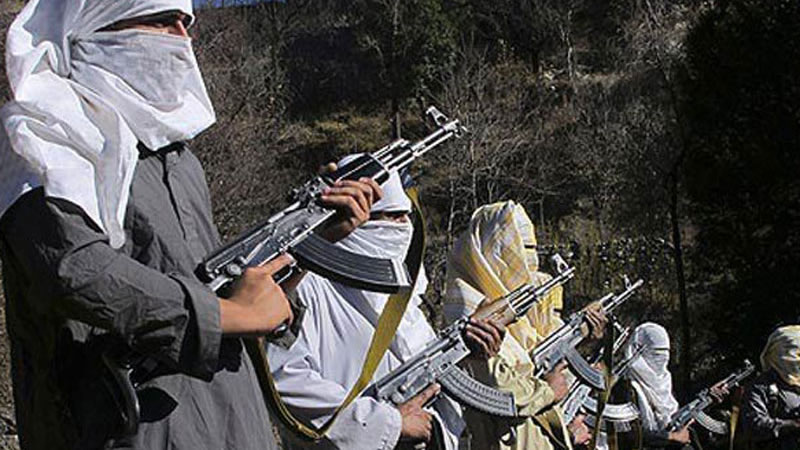 As per the mandatory requirement of reviewing the rates every quarter, the Federal Government announced an increase in the rates of profit on various saving schemes offered by the Central Directorate of National Savings (CDNS) with effect from 1st January, 2011. The rates for Special Saving Certificates, Regular Income Certificates and Defence Saving Certificates have been enhanced from 12.13 percent, 12.36 percent and 12.60 percent to 13.33 percent, 13.44 percent and 13.55 percent per annum respectively, while the Saving Account holders would now be rewarded with a higher rate of return of 9.00 percent.
As per the mandatory requirement of reviewing the rates every quarter, the Federal Government announced an increase in the rates of profit on various saving schemes offered by the Central Directorate of National Savings (CDNS) with effect from 1st January, 2011. The rates for Special Saving Certificates, Regular Income Certificates and Defence Saving Certificates have been enhanced from 12.13 percent, 12.36 percent and 12.60 percent to 13.33 percent, 13.44 percent and 13.55 percent per annum respectively, while the Saving Account holders would now be rewarded with a higher rate of return of 9.00 percent.
In line with the government’s policy of offering better rates of profits to special segments of society, the rates on Pensioners Benefit Accounts and Bahbood Saving Certificates have also been raised from 14.64 percent to 15.36 percent. According to a statement by the CDNS, the move to enhance the rates was in line with the government’s policy of offering competitive rates to investors of the NSS.
An across-the-board increase in the interest rates on various saving schemes sponsored by the government during the current quarter was almost a foregone conclusion, especially after the hike in the discount rate announced at the time of latest monetary policy review and the insistence of the IMF to reduce government borrowings from the banking system under the existing SBA.
A higher inflation rate has forced the SBP to raise the interest rate structure in order to contain liquidity and reduce excess demand in the economy with a view to restoring financial stability in the country. Therefore, till the time the rate of inflation in the country continues to accelerate, such a hike in the rate of return on national saving instruments could be expected.
An increase in the NSS rates was also necessitated by the government’s desire to rely more on non-bank sources of financing and lower its dependence on the banking system, particularly the State Bank, to meet its fiscal deficit. Such a shift in policy could ease inflationary pressures in the economy and help meet the IMF target to reduce government borrowings from the State Bank to a certain extent.
The rise in the profit rates on the NSS could also somewhat improve the domestic saving rate of the economy by making the real rate of return on deposits less negative, check depreciation of the rupee and increase the flow of funds from abroad due to relatively better rate of returns in Pakistan. Needless to add, that investors in the NSS, who generally belong to middle class and are mostly inactive, certainly deserved a higher rate of remuneration on their savings, when the rate of inflation in the country was hovering around 15-16 percent per annum.
While on the subject, we must also remind the government to fulfil its promise to convert CDNS into a body corporate, viz. “Pakistan Savings” as soon as possible to enhance its efficiency. Nobody likes dusty ledgers in the age of smart computers and long queues of old people at various national centres. Induction of technology; renovating CDNS centres and expanding its network and reducing the 16 odd schemes of NSS into in focused few for individuals and senior citizens only and disallowing corporates to invest into NSS schemes are milestones yet to be achieved.
Although the increase in the NSS rates was almost inevitable, it would also have certain negative side-effects. Debt servicing of the government would increase and the fiscal position could come under further pressure. Private sector credit and investment could also be curtailed to a certain extent, because of the higher lending rates which are sure to follow due to higher cost of loanable funds mobilised by the banks.
This would naturally increase unemployment and retard growth. However, this is the price the country has to pay to restore macroeconomic stability. There are obviously no painless solutions when the trade-offs have to be made in a difficult economic situation. – Brecorder











